It hasn’t quite yet hit me that school really is over and all I have left is the final exam. I have to say, this has been the most incredible and enjoyable term in all my career at Le Cordon Bleu. I’ve had so much fun getting to know the chefs and cooking with the most wonderful practical group. We’ve had so much fun together, including one time when we convinced the chef to make us fondant au chocolat, which we devoured with an amazing carrot whipped cream. It’s been a really, really great term and I hope it ends in the same way.
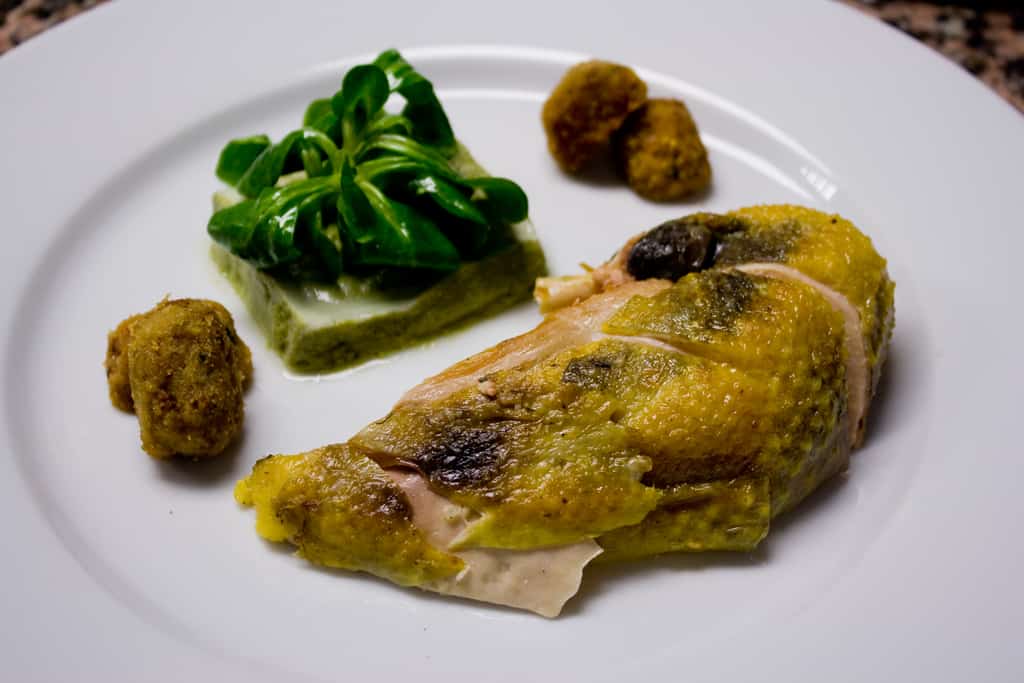 Lesson 22: Blanc de Pintade Cuits Sur l’Os à la Citronnelle, Cuisses en Fricandeau et Royale De Tomate Verte
Lesson 22: Blanc de Pintade Cuits Sur l’Os à la Citronnelle, Cuisses en Fricandeau et Royale De Tomate Verte
Guinea fowl breast cooked on the bone with lemon grass “fricandeau” of legs and green tomato “royale.” As soon as we thought we had mastered the flan (or “royale” as it’s called here), we were humbled by the barely set delicacy that put us back into our student shoes. Lesson learned: the recipe is a guide, use your senses and instincts while cooking.
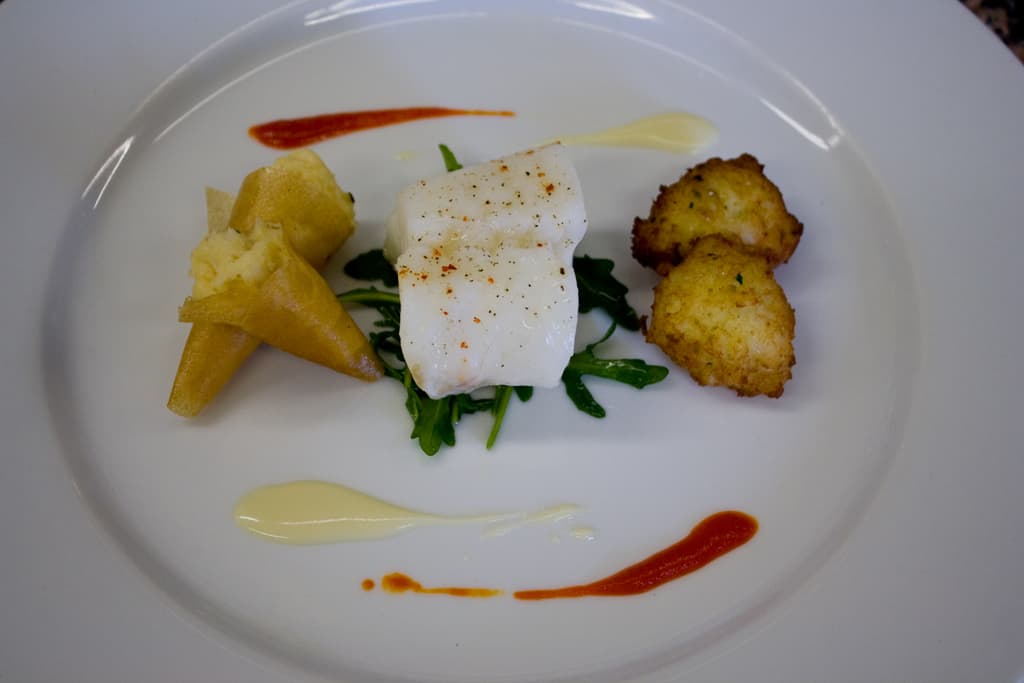 Lesson 23: Brandade de Morue Revistée
Lesson 23: Brandade de Morue Revistée
New style salt cod “brandade.” Salted cod three ways: brandade, acra-beignets, and pan cooked. I loved the presentation and concept of this dish. We did all the prep steps together and then completed the dish on our own. As much as I love working together, at the end of the day I need to know how to season and finish off the cooking. This was one of the practicals where we really got the best of working as a team and making our individual plates.
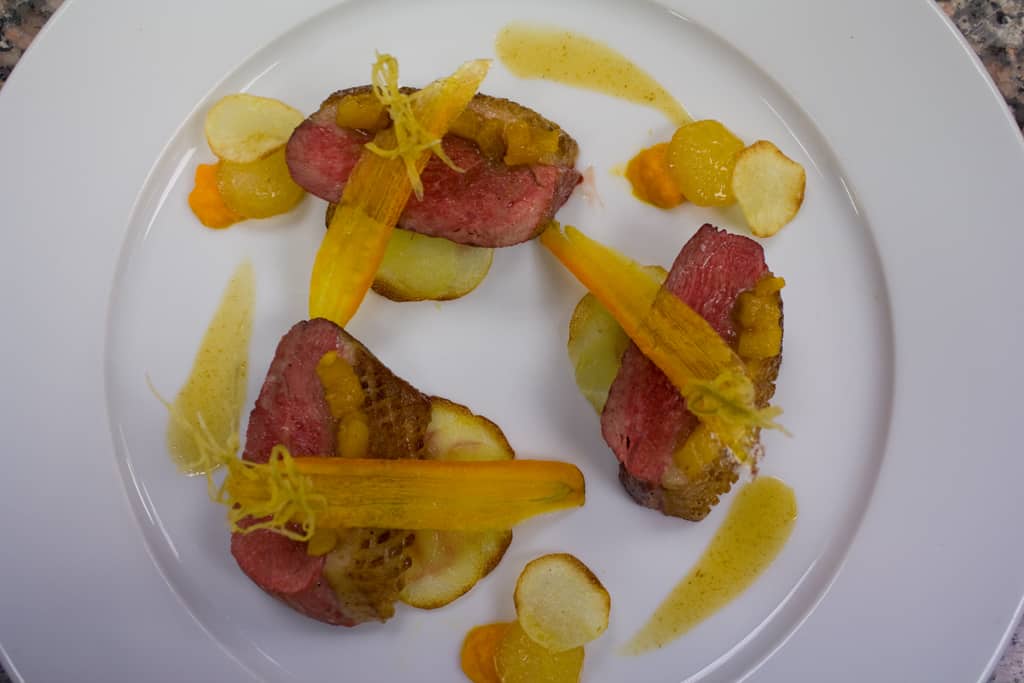 Lesson 24: Magret de Canard Rôti aux Épices, Navet Caramélisé à l’Orange et Pomme Anna, Petit Chutney D’Abricots
Lesson 24: Magret de Canard Rôti aux Épices, Navet Caramélisé à l’Orange et Pomme Anna, Petit Chutney D’Abricots
Duck breast roasted with spices, orange glazed daikon radish, anna potatoes, apricot chutney. I tried to go a bit more modern with the plating here. Initially I really liked it, but the more I saw it the more I thought it looked a bit messy. The chef came and changed a few things to open up the plate (sorry no photo!), and it looked much better. Lesson learned: keep the plate open!
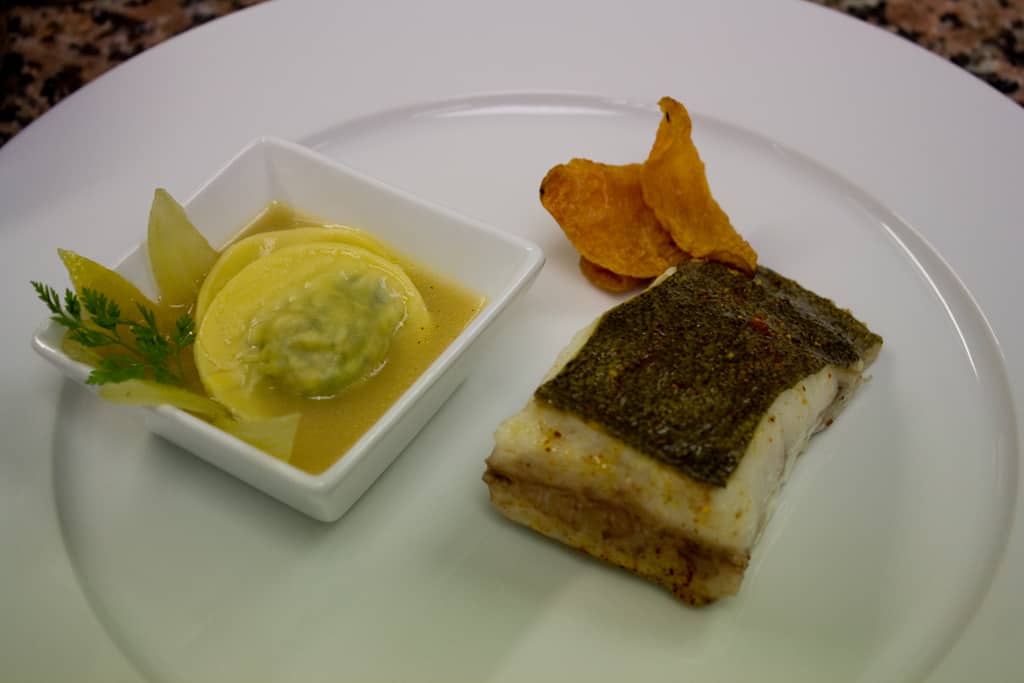 Lesson 25: Blanc de Barbue, Nage Poivrée, Ravioles de Champignons aux Herbes
Lesson 25: Blanc de Barbue, Nage Poivrée, Ravioles de Champignons aux Herbes
Brill fillet, peppered “nage,” mushroom and herb ravioli. A “nage” is a slightly thickened broth with strong flavors. Here we served it when raviolis made with fresh pasta dough. The brill here is served on the bone, which is unusual in French cuisine. Making the raviolis reminded me of an Italian cooking course I took a few years ago, but I wouldn’t mind going to Italy and learning more about their cuisine…next stop Italy???
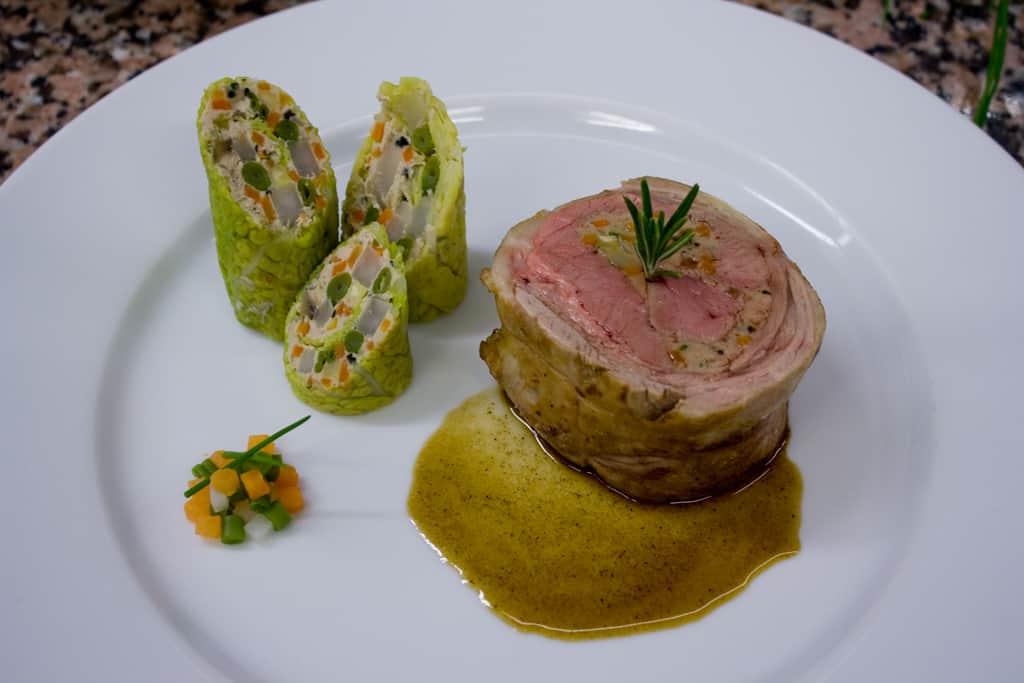 Lesson 26: Selle d’Agneau Prince Noir, Petite Chartreuse de Légumes
Lesson 26: Selle d’Agneau Prince Noir, Petite Chartreuse de Légumes
Black prince saddle of lamb, vegetable “chartreuse.” We had a back to back demo to practical this day and so when the demo ended more than 20 minutes late, we were a bit rushed going into this practical. But thanks to our chef who helped with the prep work we finished on time. Traditionally a “chartreuse” is made by lining a mold and filling it with a mousse. We also do this in pastry where it is called a charlotte. The rolled “maki” version is, in a way, the modernized version of a chartreuse.
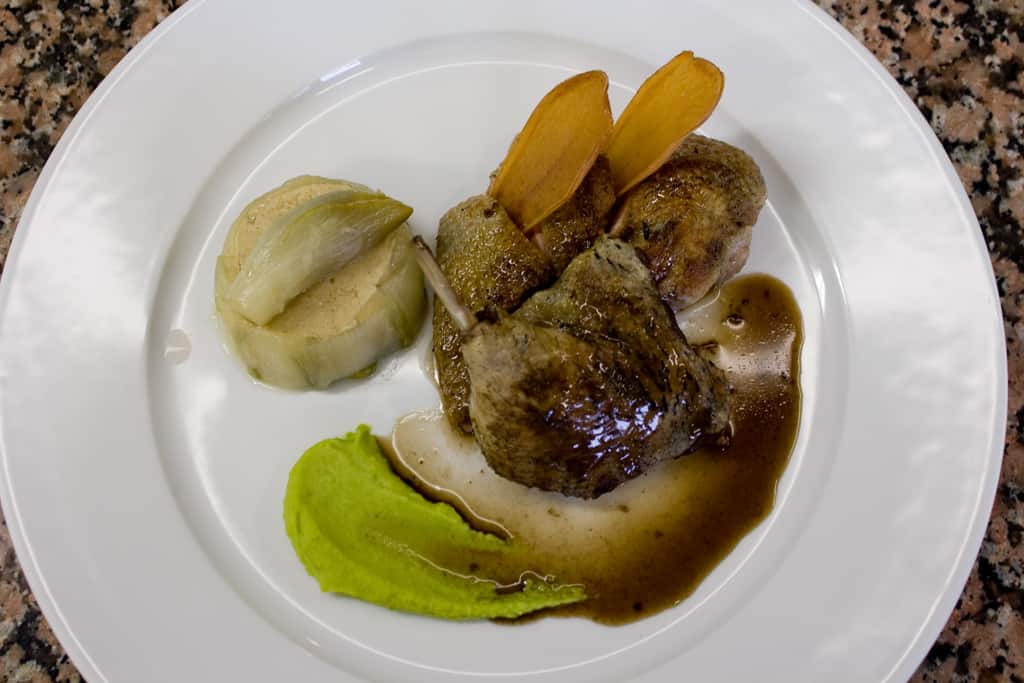 Lesson 27: Caneton Mi-Sauvage en Deux Services, Flan aux Cèpes et Endives
Lesson 27: Caneton Mi-Sauvage en Deux Services, Flan aux Cèpes et Endives
Semi-wild duckling served in two styles, cep mushroom and belgian endive flan. This was the very last practical and we were fortunate enough to have it with my favorite chef, Chef Clergue. I was really disappointed that he was abroad, teaching in Ottawa for the term, but he made it back just in time to do two demos and proctor the final exam. I would take the whole course again just to see him cook and teach. The most professional and knowledgeable chef in school, his calm presence made that slight difference in our group, that didn’t change the dynamic or camaraderie between us, but made us more efficient and organized. My plate kind of ended up looking like a hot mess (haha), but the bird and flan were cooked perfectly.
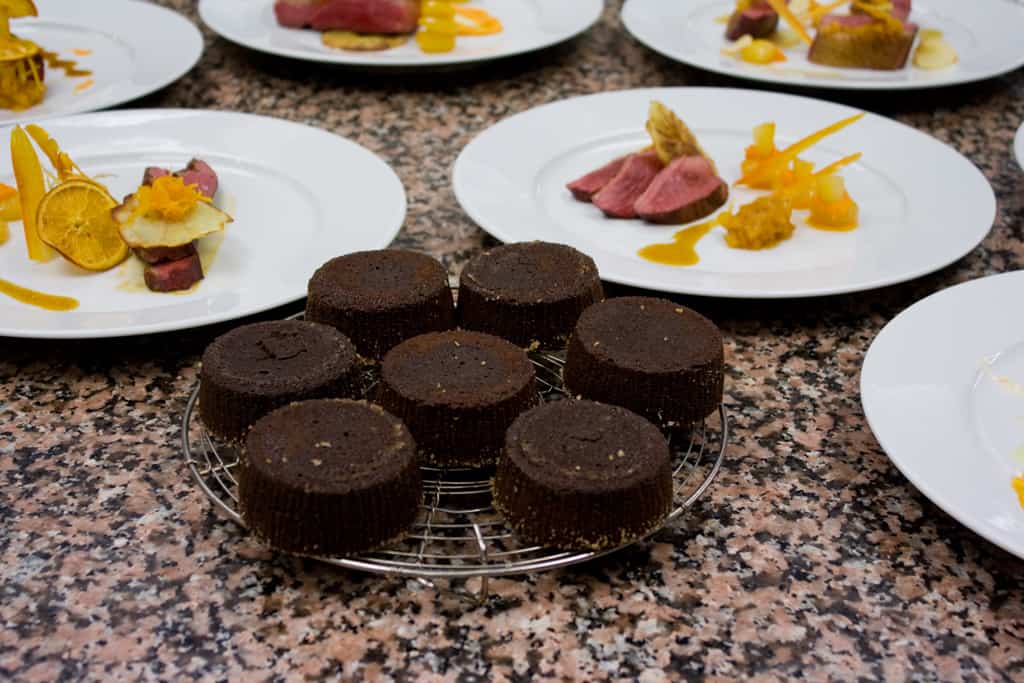
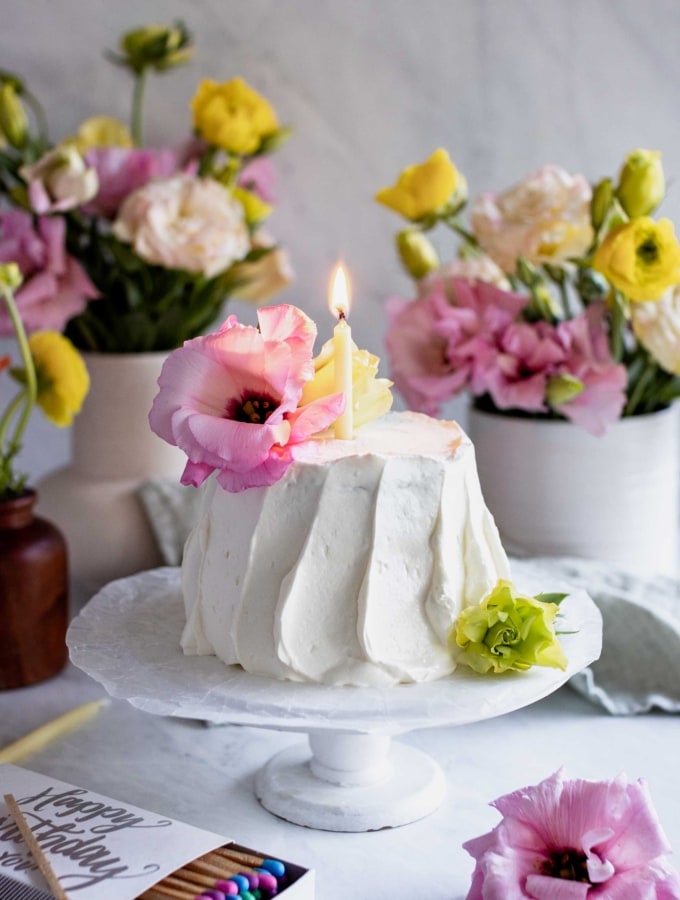
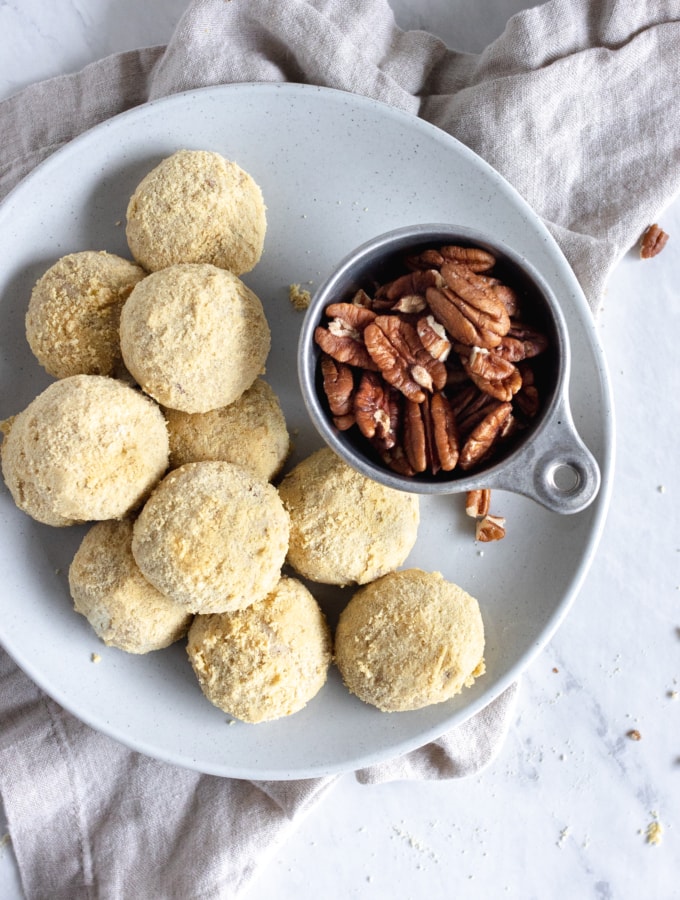
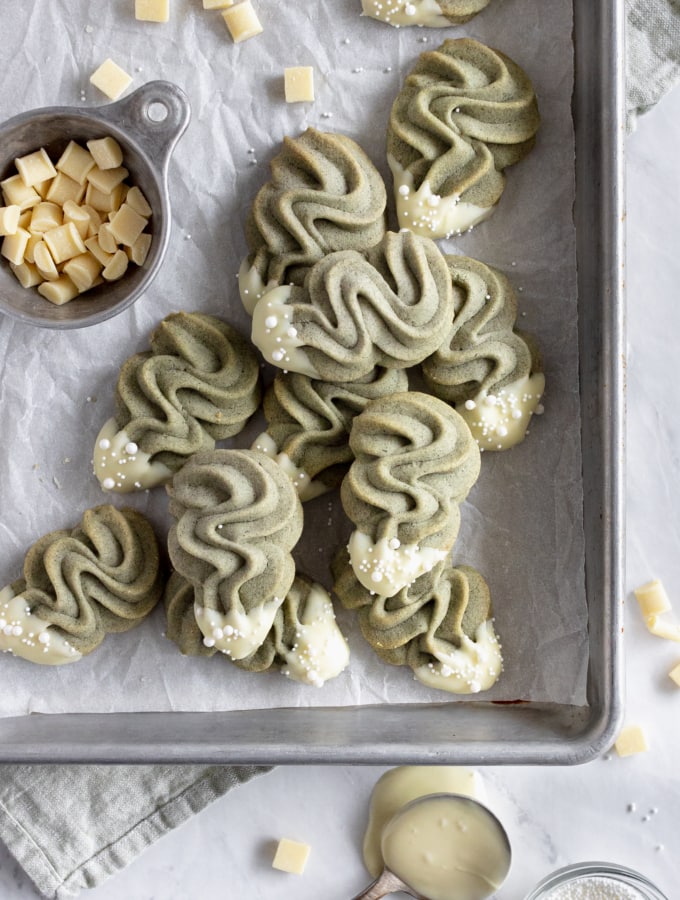
Fran says
Wow, congratulations on being almost finished! What an accomplishment. I have several questions for you; I am going to be taking a 3-day food photography class soon. What sort of camera have you been using with your food photos and what settings do you usually use? Also, I have been wondering about our old practical group in Basic Cuisine. Did ‘Kim’ and Ramon both complete the Superior Cuisine? Your food photos will be really helpful for me when I start Intermediate Cuisine this June (I can get some plating ideas!)
Jessica says
Fran- Hey! Kim, Ramon, and I all continued to superior, same practical group and all. I’m jealous about the food photography class! I use a Cannon Rebel XS and always have it on AV. I change the ISO and F-Stop accordingly. Let me know how the class goes and how you like Intermediate!